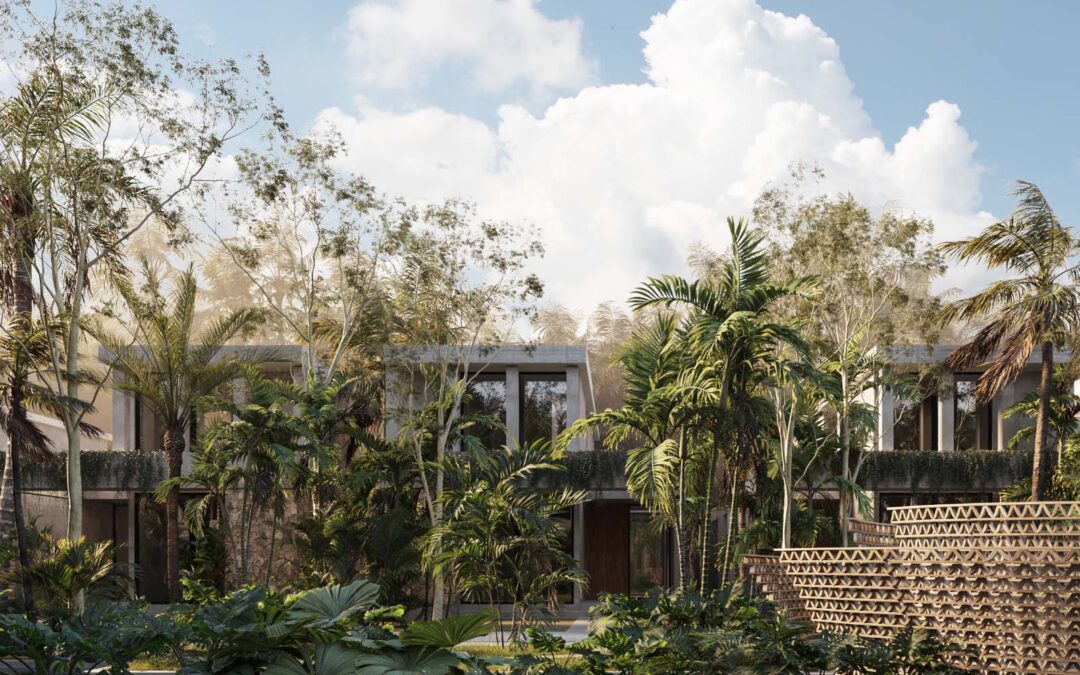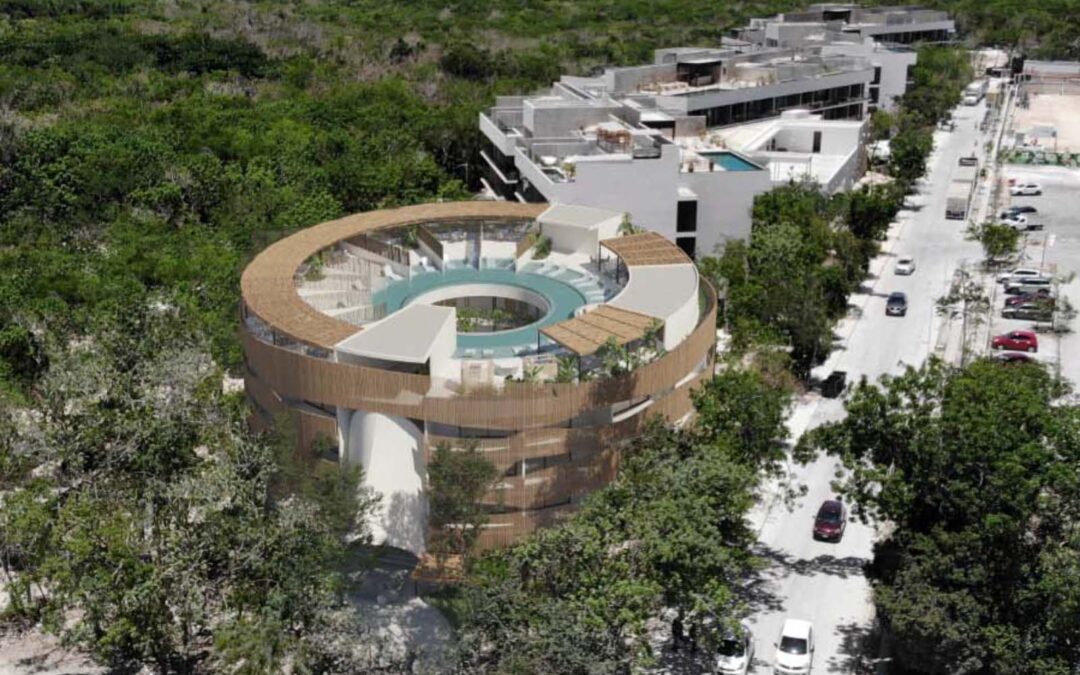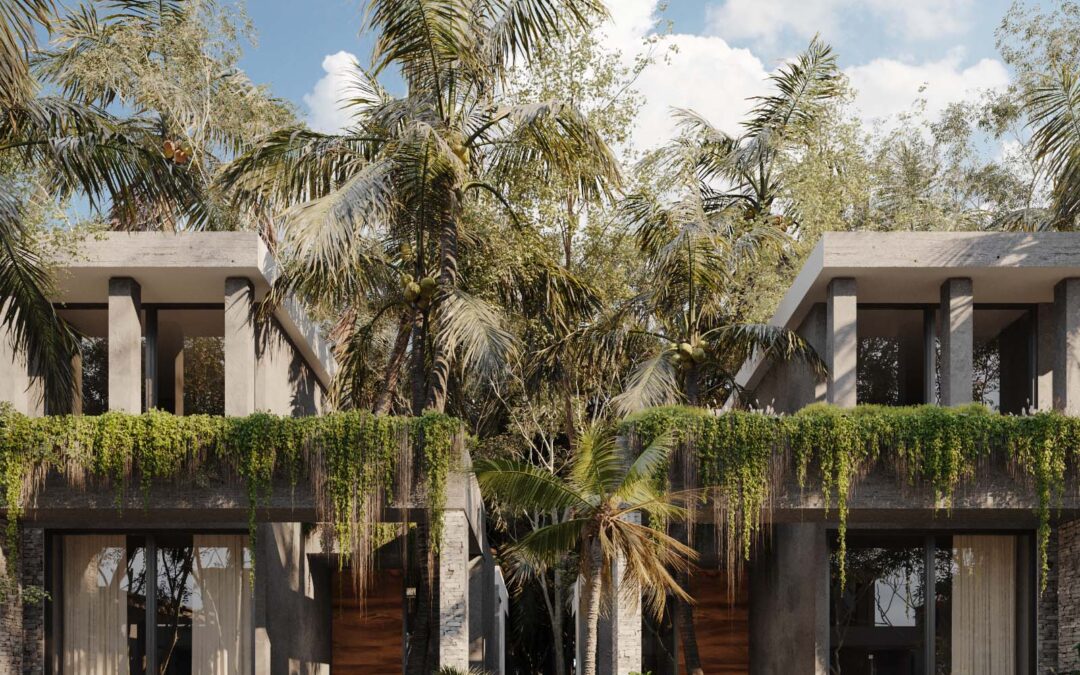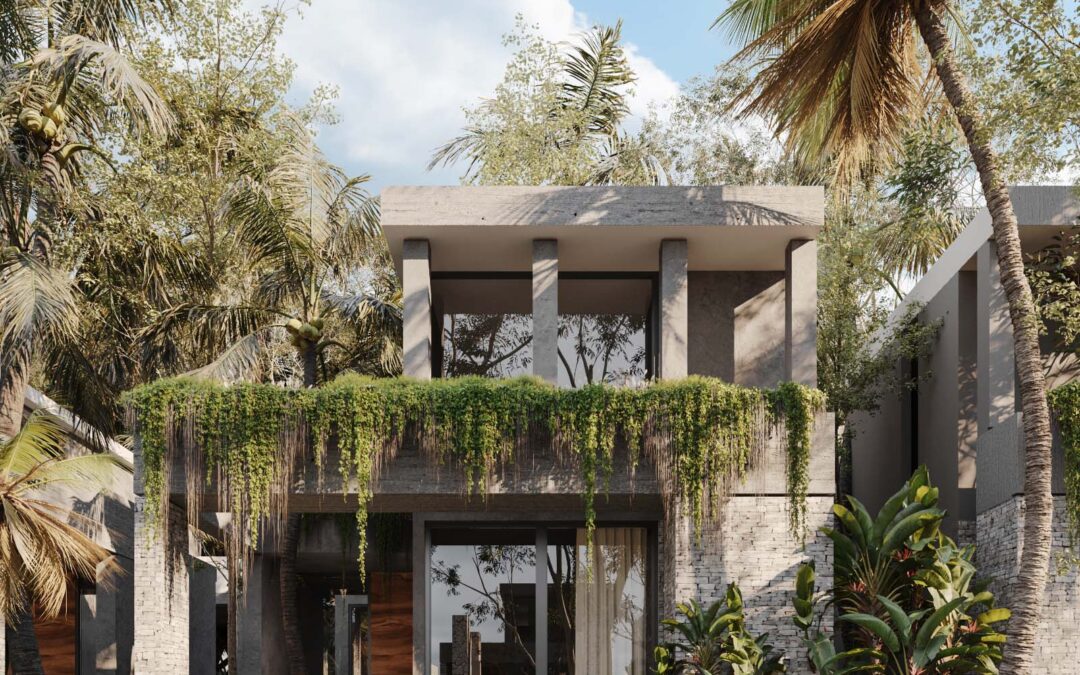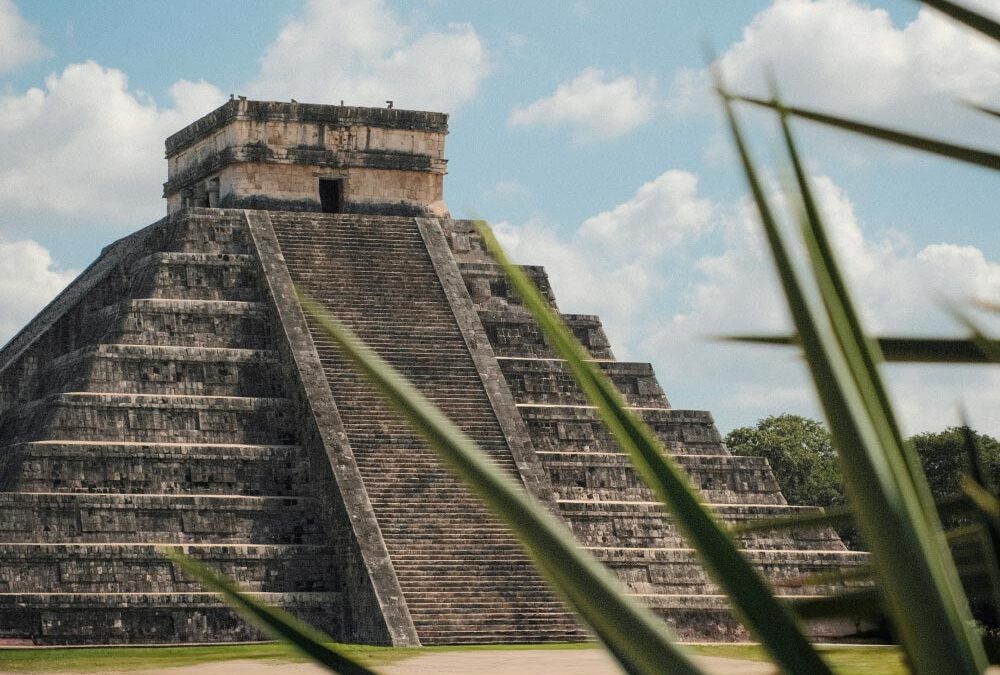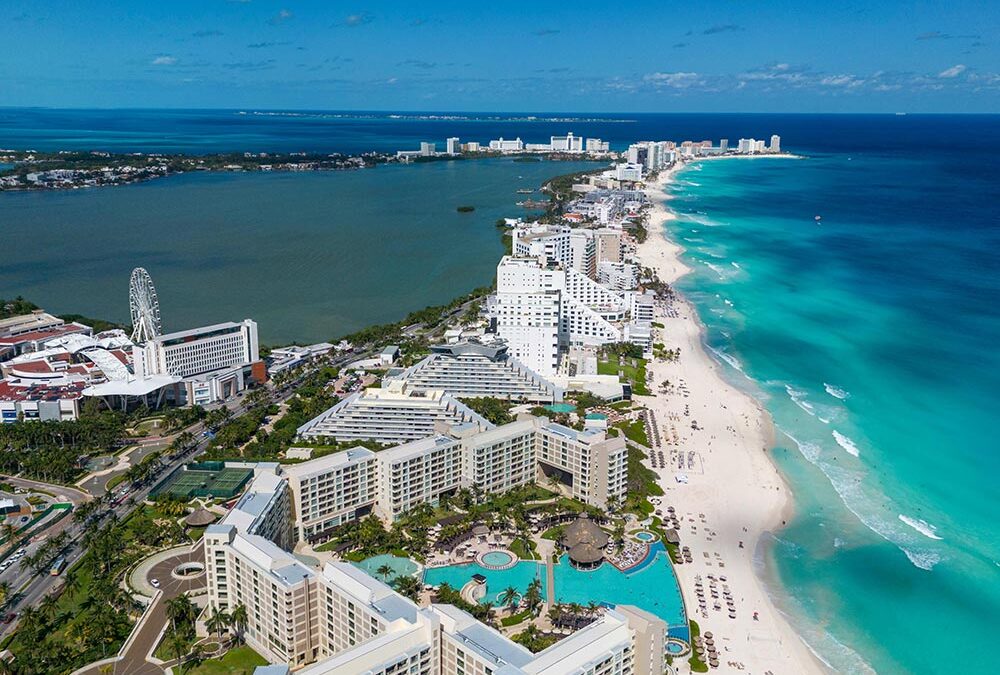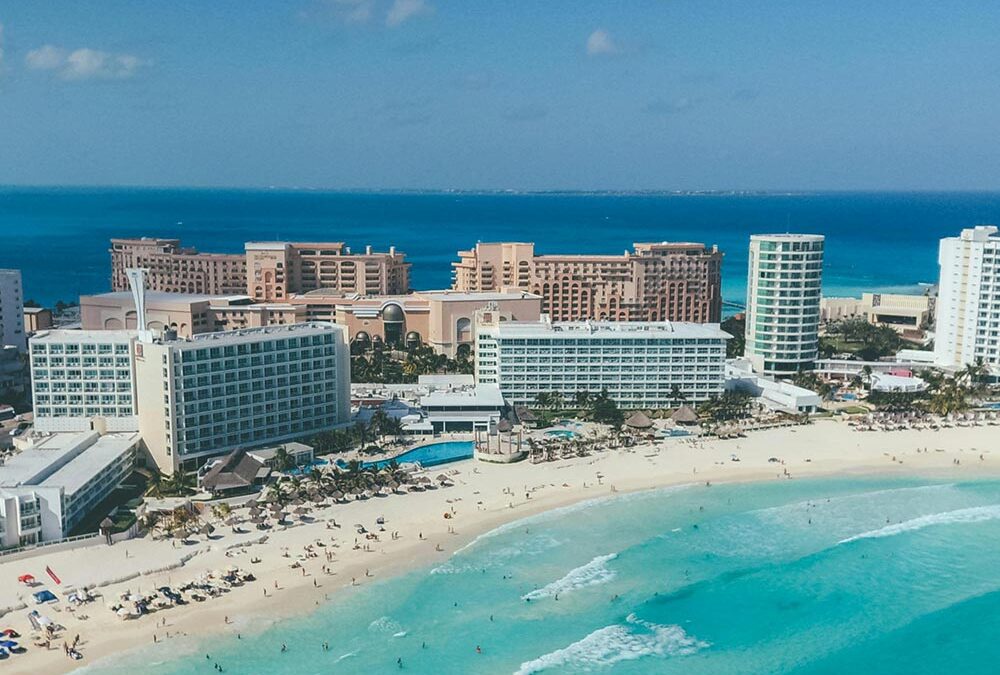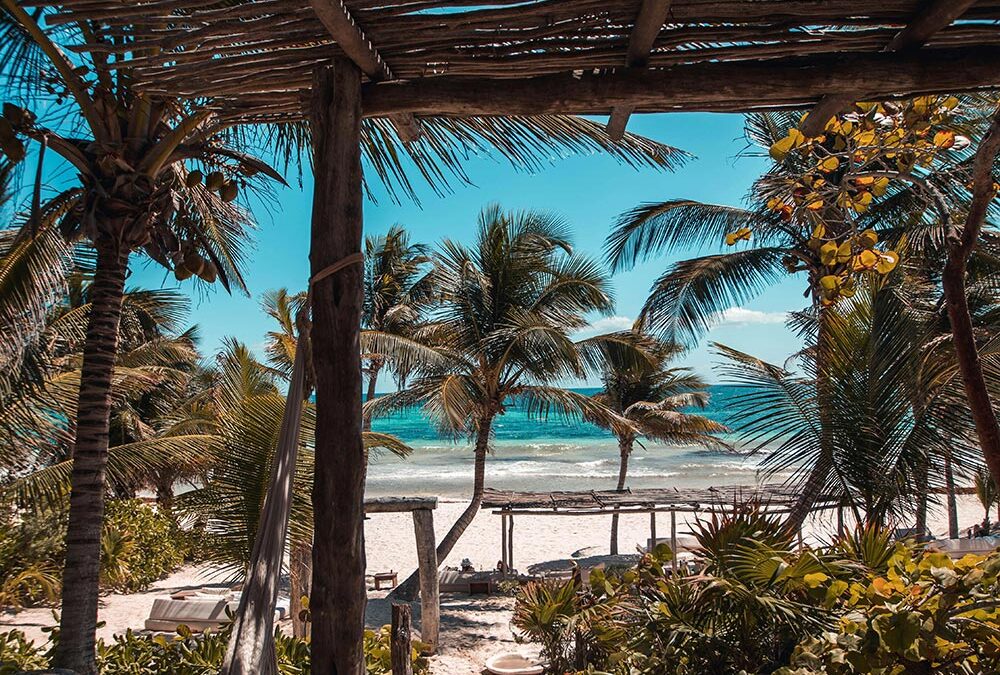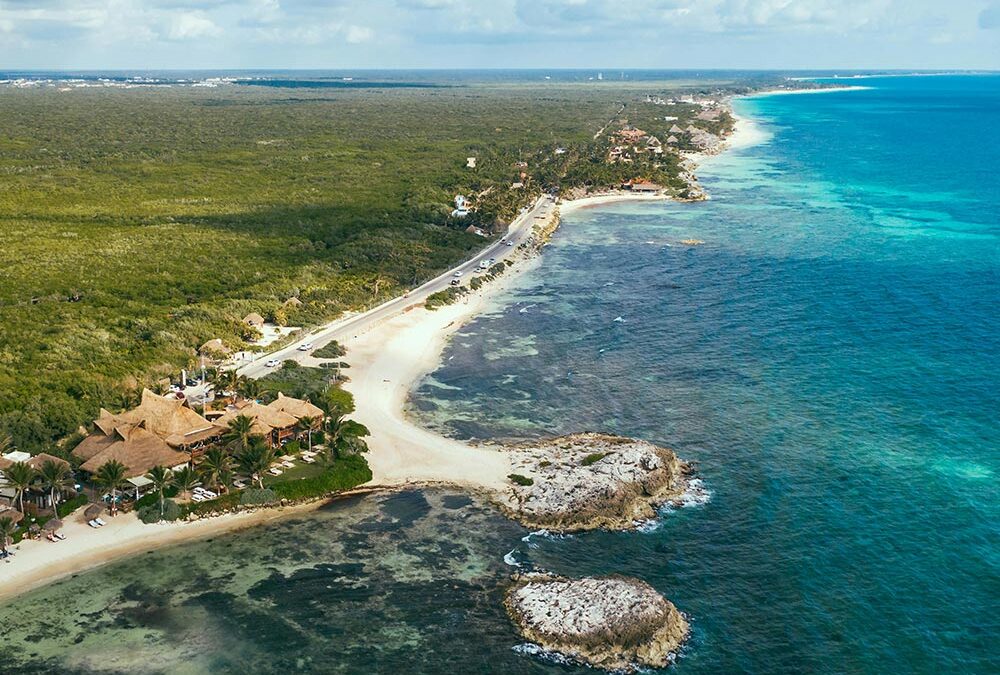The allure of Wall Street has captivated investors for generations, promising impressive returns and quick gains from stocks, bonds, and other financial instruments. Yet, the volatility of equity markets, combined with economic uncertainties and abrupt global shifts, can rapidly erode portfolio values. In recent years, many investors have turned their attention to alternative assets, particularly international real estate, in search of more predictable growth and tangible value.
Among the emerging global hotspots, Tulum—a scenic town on the Caribbean coast of Mexico’s Yucatán Peninsula—has gained traction for its robust real estate market. Pre-construction properties in Tulum offer striking returns driven by surging tourism, a blossoming luxury market, and limited prime land. This environment stands in stark contrast to the rollercoaster fluctuations of the stock market, often providing a calmer route to wealth accumulation.
This article delves into a head-to-head comparison: Tulum’s pre-construction real estate opportunities versus traditional stock market investments. We’ll evaluate crucial factors such as potential returns, volatility, financing strategies, and overall risk. You’ll also find real-world insights through a case study, as well as expert tips on due diligence and positioning your portfolio for success. Whether you’re a seasoned investor seeking diversification or a newcomer searching for a stable foothold, this guide will help you navigate the key considerations in deciding whether Tulum or Wall Street is best for your objectives.
Index of Content
- Tulum Real Estate Fundamentals
- Wall Street Basics
- Comparing ROI and Growth Potential
- Risk Mitigation & Market Volatility
- Financing & Entry Barriers
- Conclusion
- Case Study
- FAQs
Tulum Real Estate Fundamentals
Tourism-Driven Demand and Rising Property Values
Once a tranquil fishing village, Tulum now draws international tourists with its pristine beaches, turquoise waters, and eco-chic accommodations. Over the past decade, the local government and private developers have worked to build an infrastructure that can meet growing travel demand. These efforts include improved roads, utilities, and environmental protections that preserve the area’s lush scenery.
The resulting tourism influx spurs continuous demand for short-term rentals, particularly upscale condos, villas, and boutique resorts. Many properties see occupancy rates above 70%, even during off-peak seasons, with peak times yielding daily rental rates of $150 to $500 per night—depending on location and amenities. This demand underpins robust real estate appreciation, as buyers view Tulum not just as a vacation spot but as a lucrative investment with sizable upside potential.
- Focus on properties near Tulum’s main beach zones and downtown center to capture high tourist traffic and future capital gains.
The Pre-Construction Advantage
Pre-construction or pre-sale properties enable investors to buy at below-market prices before a project is fully built and released for sale. As construction progresses, these units typically experience a surge in value—anywhere from 15% to 30%—by the time they are completed. This instant equity gain adds to potential returns from rental income. Additionally, some developers offer flexible payment schedules spread across the building timeline, reducing upfront capital requirements.
Many pre-construction condos in Tulum emphasize eco-friendly designs and amenities that cater to luxury-minded travelers. Solar panels, rainwater collection systems, and natural materials align with Tulum’s reputation for sustainability and exclusivity. These features can command premium rental rates, drawing an international clientele willing to pay more for an eco-conscious, boutique experience.
Wall Street Basics
Equities, Indices, and Beyond
Wall Street, known for its iconic skyline and high-stakes trading floors, embodies the broader equity market, encompassing everything from blue-chip stocks like Apple or Amazon to smaller-cap growth companies. Most investors gain exposure to equities through mutual funds, exchange-traded funds (ETFs), or individual stock trading. Over the past century, major indices such as the S&P 500 have yielded average annual returns of 7% to 10%, making equities a cornerstone in many retirement and investment portfolios.
The flip side, however, is volatility. Stock prices can fluctuate dramatically based on corporate earnings, market sentiment, interest rate changes, and geopolitical events. These sudden shifts can result in short-term losses, testing investor resolve and often leading to emotional decision-making. While historical data shows consistent long-term growth, the path is rarely linear; economic crises, recessions, or unexpected events can trigger significant market downturns.
- Review corporate fundamentals and macroeconomic indicators to stay informed about potential market shifts.
Dividends and Capital Gains
Investors buy stocks primarily for two reasons: capital appreciation and dividends. Capital appreciation occurs when a stock’s price rises, while dividends are periodic payments some companies make to shareholders from their profits. Blue-chip companies may offer reliable yet modest dividends, while high-growth tech firms often reinvest profits back into operations, providing minimal or no dividends.
Though stocks can deliver rapid gains, they can also suffer abrupt declines during market corrections or unexpected geopolitical events. Even top-performing firms occasionally reduce or suspend dividends, either due to earnings constraints or major capital expenditures. For those seeking a consistent income stream, dividend cuts can undermine financial projections and create uncertainty—especially if the market is already trending downward.
Comparing ROI and Growth Potential
Tulum Real Estate Returns
Real estate in Tulum frequently delivers combined returns (appreciation plus rental income) exceeding 15% annually, although specific outcomes depend on factors such as property location, build quality, and market conditions. Pre-construction units can offer particularly enticing initial gains, as buyers benefit from discounted prices and rising valuations by the time the development is completed. Additionally, short-term rental platforms like Airbnb can yield net rental incomes in the range of 5% to 10% per year, once operating costs and property management fees are accounted for.
Beyond the math, Tulum real estate is underpinned by tangible assets with growing market demand—both from tourists and a thriving expat community. This demand can shield investors from the extreme price fluctuations seen in equities. Moreover, the limited availability of prime land, coupled with sustained infrastructure enhancements like the forthcoming Tulum International Airport, positions Tulum for continued appreciation and robust long-term growth.
Stock Market Potential
Wall Street’s capacity for wealth generation is widely acknowledged. In bull markets, equity portfolios can soar, with certain sectors (e.g., technology, healthcare) outperforming broad indices. For instance, during extended economic expansions, the S&P 500 can climb by more than 15% in a single year, and many individual stocks might post even higher returns.
However, the stock market’s rewards come with a heightened level of risk and unpredictability. Sharp corrections in the range of 20% to 30% can occur every few years, catching unprepared investors off guard. While a well-constructed, diversified portfolio can mitigate some risks, market-wide downturns—triggered by global events or macroeconomic imbalances—are a stark reminder of the inherent volatility in equities. Thus, although Wall Street offers significant upside, timing and investor psychology often play a big role in capturing these gains.
Risk Mitigation & Market Volatility
Tulum’s Relative Stability
While no market is completely shielded from external shocks, Tulum real estate tends to exhibit less day-to-day volatility compared to equities. In essence, property valuations shift more gradually, influenced by ongoing infrastructure projects, tourism trends, and local regulations. The Riviera Maya’s consistent appeal—beaches, archaeological sites, and a global brand for sustainable luxury—keeps tourism and rental demand relatively stable even in uncertain times.
Additionally, pre-construction investments offer built-in equity growth. Buying early at discounted rates often leads to immediate gains once the property hits the broader market. For many, this path to capital appreciation feels more predictable than attempting to anticipate stock market swings. Thorough market research, developer vetting, and legal due diligence further minimize the risk of unexpected setbacks like project delays or land title complications.
- Consult bilingual legal experts to ensure property ownership structures—like bank trusts (fideicomisos)—are set up correctly.
Volatility on Wall Street
The stock market reacts swiftly to news, from quarterly earnings reports to political events. While that responsiveness can create quick wins, it also makes equity investments susceptible to large, abrupt losses. Even stable, dividend-paying companies are not immune to global disruptions that can send share prices tumbling.
A commonly recommended strategy for coping with volatility is diversification. Spreading capital across different asset classes—stocks, bonds, real estate, and even alternative assets like commodities—helps reduce the impact of any single downturn. Still, the emotional toll of watching daily price swings can drive short-term decisions that undercut long-term returns, such as panic-selling during a market correction. For investors seeking steadier growth, the calmer valuation cycle of Tulum real estate may prove more appealing.
Financing & Entry Barriers
Capital Requirements in Tulum
Pre-construction projects often feature flexible down payments—sometimes as low as 30%—with the remaining balance spread out during construction. This staggered structure allows buyers to manage cash flow more effectively than needing the entire purchase price upfront. When leveraged properly, such arrangements can amplify returns, as a portion of your potential gains comes from the developer-funded portion. Meanwhile, if you choose to secure a mortgage through Mexican or international lenders, interest rates typically range from 5% to 9%, subject to credit history, loan term, and currency considerations.
The relatively lower barrier to entry also stems from Tulum’s diverse property options. Investors can start modestly by purchasing a single condominium for around $200,000 or aim higher with luxury villas or small-scale hotel developments. In all scenarios, diligent research is essential—verifying developer credibility, confirming building permits, and understanding neighborhood growth potential can significantly influence your eventual ROI.
- Negotiate developer payment terms early to lock in favorable rates and minimize uncertainty during construction.
Barriers and Costs on Wall Street
Investing in the stock market has become simpler over time, with online brokerages offering easy account setup and low trading fees. However, the real challenge lies in navigating the abundance of investment options and the complexity of making informed decisions. Picking individual stocks often requires continuous research, while even ETF or mutual fund investors should periodically rebalance portfolios to maintain target allocations.
On the upside, stock markets provide greater liquidity than real estate, enabling you to exit positions quickly if needed. Yet, this benefit can be a double-edged sword, as it sometimes encourages impulsive trading in response to daily headlines. Moreover, capturing substantial gains in stocks typically demands a longer time horizon—10, 15, or 20 years—to ride out market cycles and compounding. Investing in Tulum real estate may require more capital upfront, but the potential for stable returns and built-in equity can be more appealing for those seeking a tangible asset with immediate upside potential.
Conclusion
The choice between investing in Tulum pre-construction real estate and the stock market largely depends on your financial goals, risk tolerance, and desired level of involvement. Tulum’s property sector offers high rental demand, strong appreciation prospects, and a slower-moving valuation cycle that can buffer against wild market swings. Pre-construction deals, in particular, deliver the dual advantages of discounted entry prices and immediate equity gains.
On the other hand, Wall Street boasts proven capacity for wealth creation over the long term, but its inherent volatility—and the psychological challenges that come with it—can be daunting. Stock markets rise and fall rapidly in response to macroeconomic and geopolitical events, and even the most solid companies can be affected by sentiment shifts. Diversification, patience, and research can certainly help investors capitalize on equities’ upside, yet it demands vigilance and a willingness to endure short-term turbulence.
Ultimately, many experienced investors opt for a blended approach: allocating a portion of their capital to stable real estate assets like Tulum pre-sales while retaining a diversified stock portfolio. This balance aims to capture the growth potential of equities alongside the tangible, cash-flow-generating prospects of international property investments. By setting clear objectives and aligning them with your personal risk profile, you can make an informed choice that supports both steady returns and long-term financial stability.
Case Study: Diversifying Beyond Stocks with Tulum Pre-Sales
Amelia, a 45-year-old engineer from California, watched her stock-heavy portfolio experience multiple highs and lows over a 10-year span. While she believed in the long-term growth of equities, the volatility led her to explore alternative investment options. She eventually discovered Tulum, drawn by its rising tourism, pre-sale discounts, and favorable financing. After thorough due diligence, she bought a two-bedroom condo at $220,000 in a sustainable development offering a 40% down payment plan spread over two years of construction.
By the time the project was completed, her condo appraised at $270,000—a nearly 23% increase before accounting for any rental income. Once the property was listed on short-term rental platforms, she secured approximately 70% occupancy, averaging a $180 nightly rate in peak season. This income covered her remaining developer-financed payments while netting an annual rental yield of roughly 8%. Meanwhile, Amelia maintained her stock portfolio but felt reassured that a portion of her wealth was anchored in a less volatile, tangible asset. Over three years, her combined ROI from Tulum rivaled her stock gains, with significantly fewer gut-wrenching market swings.
FAQs
1. How do I vet a Tulum developer for reliability and track record?
Request references from previous projects, check online reviews, and consult local real estate experts. Reputable developers typically have a solid history of on-time delivery and property quality that meets or exceeds local standards.
2. Do I need to travel to Tulum to manage my property?
While visiting can help you make informed decisions, many property management companies in Tulum handle everything from tenant bookings to maintenance. They provide regular updates and help optimize your rental revenue, allowing you to invest remotely.
3. Are Tulum pre-construction investments risk-free?
No. As with any real estate deal, risks include project delays, developer insolvency, and potential overbuilding. Performing due diligence, vetting professionals, and working with trusted legal counsel can significantly minimize these risks.
4. How do returns in Tulum compare to typical stock market gains?
Tulum properties often deliver combined annual returns (capital appreciation and rental income) in the range of 15% or higher, though results vary. While stocks can surpass this figure during bull markets, they can also lose substantial value in sudden downturns.
5. Can I secure financing if I’m a foreign investor?
Yes. Some developers offer in-house payment plans, while banks in Mexico and international lenders may provide mortgages to foreign buyers. Interest rates and terms vary, so compare multiple options to find the most favorable arrangement.




